Experiencing the Aurora Borealis (Northern Lights) is on many people’s bucket list and, when seen, they offer a tantalising display of nature at her most beautiful. But, seeking the notoriously elusive aurora can be a frustrating experience, which for many ends in the bitter disappointment of a no-show.
There is nothing more agonising than planning an entire trip around something that you have absolutely no control over, and leaving without a sighting can make you feel cheated. So here are 7 crucial things you should know if you are planning a trip to see the Northern Lights.
#1 An Aurora forecast is a good place to start, but can be misleading
Of course, there is plenty of advice to be found about maximising your chances of a sighting: success depends upon the magical combination of a northern location, solar activity, and a clear night. When these factors combine, chances of a sighting are high. So, once you have arrived at your chosen northern destination what happens next?
Firstly, you should look to see whether there is any solar activity predicted. The following websites are worth checking out:
http://www.aurora-service.eu/aurora-forecast/
http://www.gi.alaska.edu/AuroraForecast/
Using the KP scale, you can determine how much activity to expect during your trip. While this can be a good benchmark, I have never yet found it to be 100% accurate for my location. I have only ever seen the lights on nights with predicted low-activity, and seen nothing on nights of active or high activity.
If there is a live webcam near where you are staying then that would be a great source of data, as activity will show up there even before it is visible anywhere else.
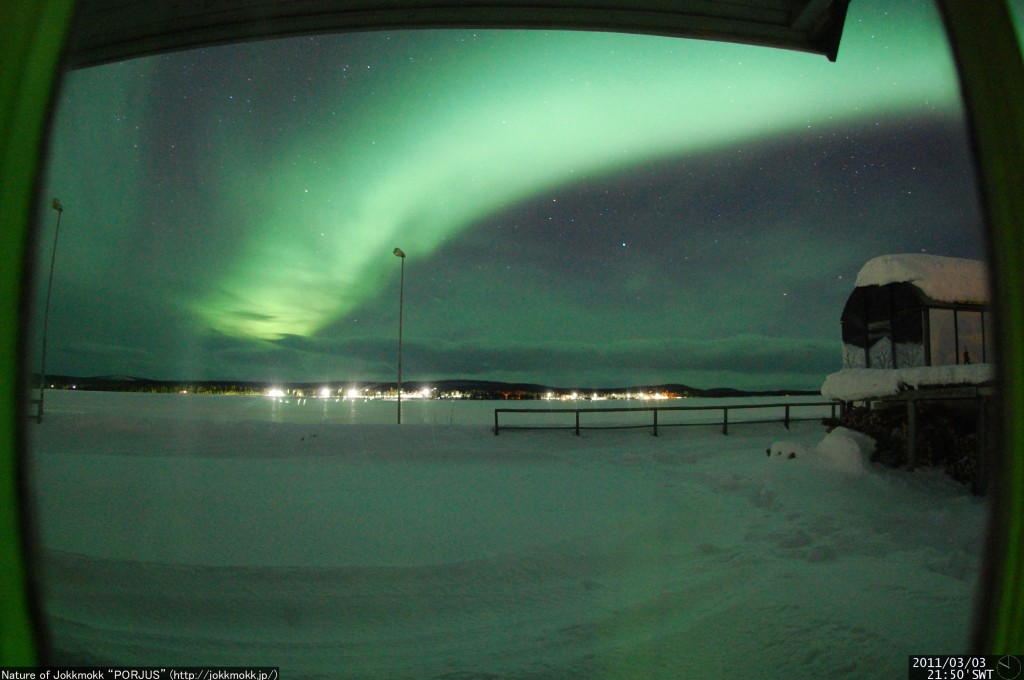
The best advice is simply to go outside and look for yourself. When I saw the lights in Iceland we were walking along Reykjavik harbour on a night of very low activity.
#2 Ground lights do not necessarily prevent you from seeing the Aurora
Most information will tell you that you should find the darkest place possible to see an aurora, and whilst this is good advice, it doesn’t mean that you can’t see the lights from lit areas. My best shot from Iceland was taken over a boat-yard that was brightly lit by large flood lamps. We had walked out to the dark lighthouse and waited, but no lights showed up. We were approaching the city when they finally emerged. As it happened, the ground lighting actually enhanced the foreground interest of my picture.
Talking of pictures…
#3 The Aurora does not always look like it does in photographs
We’ve all seen brightly coloured images of rainbow colours dancing across a dark sky in all their neon glory, but modern-day digital cameras are very sensitive to light and this makes them pick out the colours in the sky long before they can be seen by human eyesight. I’m willing to bet that next to none of those images look exactly like they did to the naked eye. On nights of major activity the lights can look this way, but intense activity is not that common. When I took this picture of what looks like a spectacular aurora, I can assure you that the camera (not post-shot editing) exaggerates what I saw.
The exposure time of this picture was close to 15 seconds, shot at f3.5 and with a fast ISO (too high, in fact, as the pictures are more grainy than I’d like), so the amount of data entering the camera is far superior to my natural eyesight. A good camera can capture more spectacular images than you can see (a smartphone would not be able to take a shot like this).
If this is the case, then what does the aurora look like when activity is low?
#4 At times, the Aurora can easily be mistaken for clouds
The aurora can be white. Yep, you heard me, white. This means that the Northern Lights can look like…clouds. It is possible if you live far enough north you could well have seen an aurora dozens of times and thought nothing of it.
If it looks like a cloud, how do you know it is an aurora?
When the Northern Lights are white they behave differently to clouds. They are wispy and move gracefully. They can go up or down as well as sideways, and they ripple or undulate. They can brighten and dim alternately. They might move in a different direction to any clouds that are in the sky. More noticeably, stars are visible through the aurora. If you are lucky they might start to turn a pale shade of green, but if it doesn’t, the sight of even the palest aurora is still pretty incredible.
#5 The weather forecast is not always right
A clear night is vital if you want to see an aurora. Much of the information suggests that a cold night is best, but cold is not an influential factor—it’s simply that cold nights tend to be clearer than warmer nights. As long as the weather is clear then you will get a good view of the night sky. Any time when the moon is not full, or close to full, will give you darker skies too. But don’t be disheartened by a bad weather forecast. In extreme climates weather can change very rapidly, too fast even for forecasters to predict. When I saw the lights on a very clear night in Sweden (photo below), the weather forecast had predicted 100% cloud cover. I spoke to people in Iceland who witnessed a spectacular display on a night where it had been raining all day and many tours were cancelled.
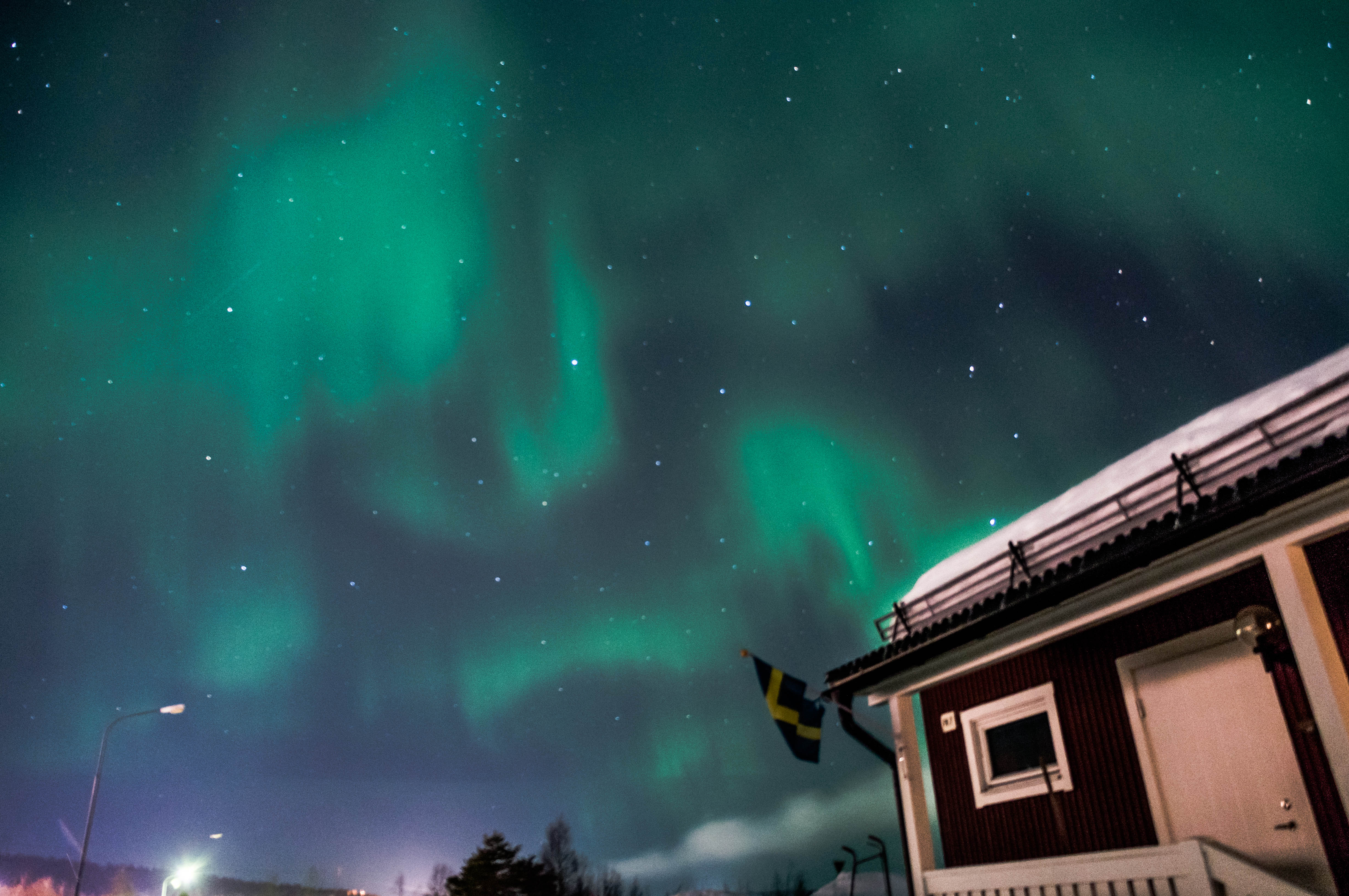
#6 You might spend more time waiting for the Aurora than watching it
Unless you are very lucky, you will have to commit to waiting for an aurora. Maybe the waiting will pay off, maybe not. Unfortunately, you will probably be waiting somewhere very cold, and most likely uncomfortable, but that is part of the experience. Wrap up warm and enjoy being close to nature.
As I write this, I am in the Arctic Circle waiting to see if the lights will show up (thankfully I have a nice warm cabin this time). This is my third trip in search of lights. In the 14 days of three trips combined, I have seen the lights for about 2 hours in total—all low-level activity. The majority of those long and dark hours have been spent standing in the cold looking, waiting and hoping.
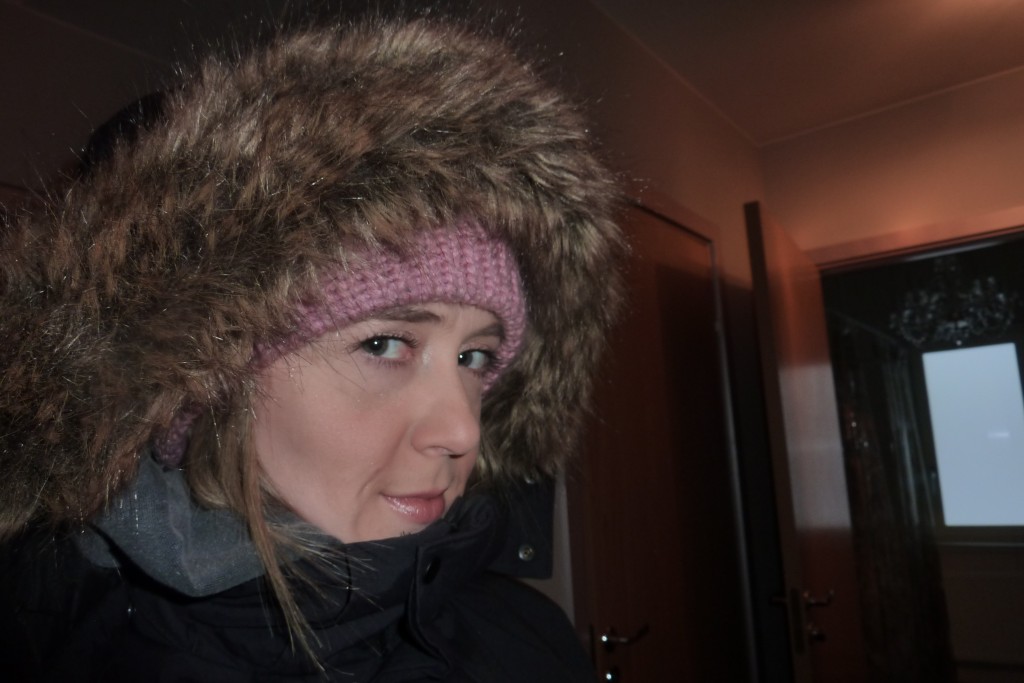
#7 The Aurora should not be the sole purpose of your trip
I say this as much to myself as to anybody else, as I have planned 3 trips all with the sole purpose of seeing the Northern Lights, and although I have seen them on each of these trips there is still part of me that wishes they had been a bit brighter, a bit more active, lasted a bit longer, or that I had taken better pictures. The northern regions are an expensive visit when the only thing you want to do lets you down. It is imperative that you plan other things for your trip to ease any disappointment you might feel afterwards. In my case it was the amazing Jökulsárlón in Iceland, and a dog-sledding trip in Sweden. Actually seeing an aurora was a bonus!
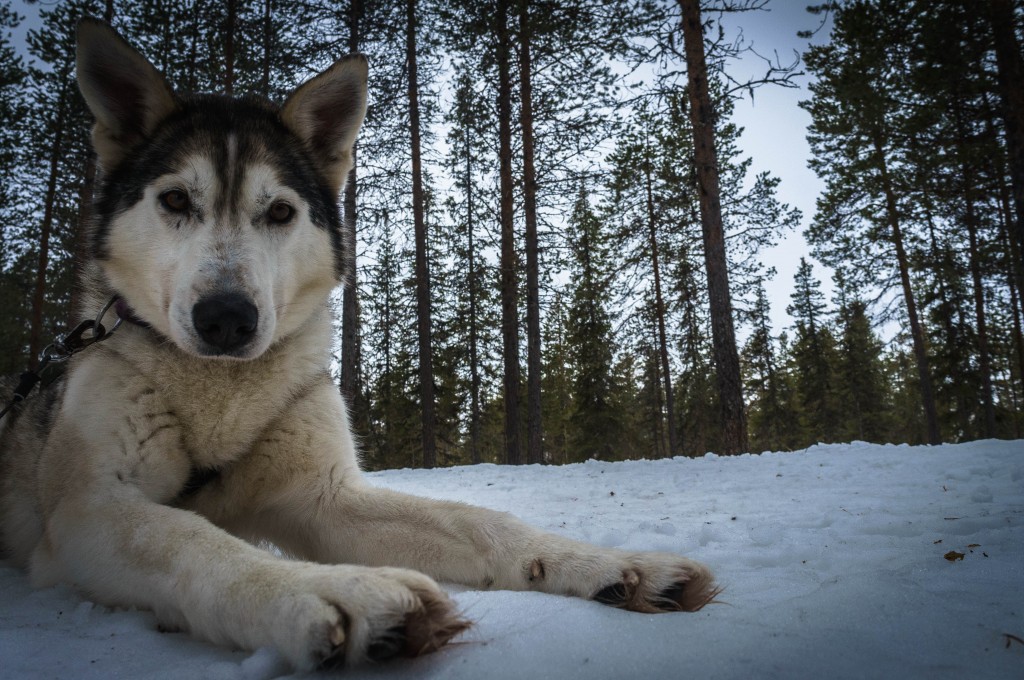
I wrote this post after scouring through various articles on the Internet and realising that there did not seem to be many articles that said ‘I Went To Iceland and Didn’t See the Northern Lights’. Of course, people don’t write that because it doesn’t make a good story, but the result is that there is a vast amount of travel blogs displaying incredible pictures and contributing to the false idea that the lights will always be spotted if only you go to the right places. They do not always tell you of the agonising hours of waiting, or the disappointing nights.
I wrote this post to show that waiting for an aurora is often a frustrating experience, but when they finally come out—even if they are pale and cloud-like, it is well worth the wait!
Have you tried to see the northern lights? Did you see them, or were you disappointed? Where did you go? How long did you have to wait? I would love to hear your stories.

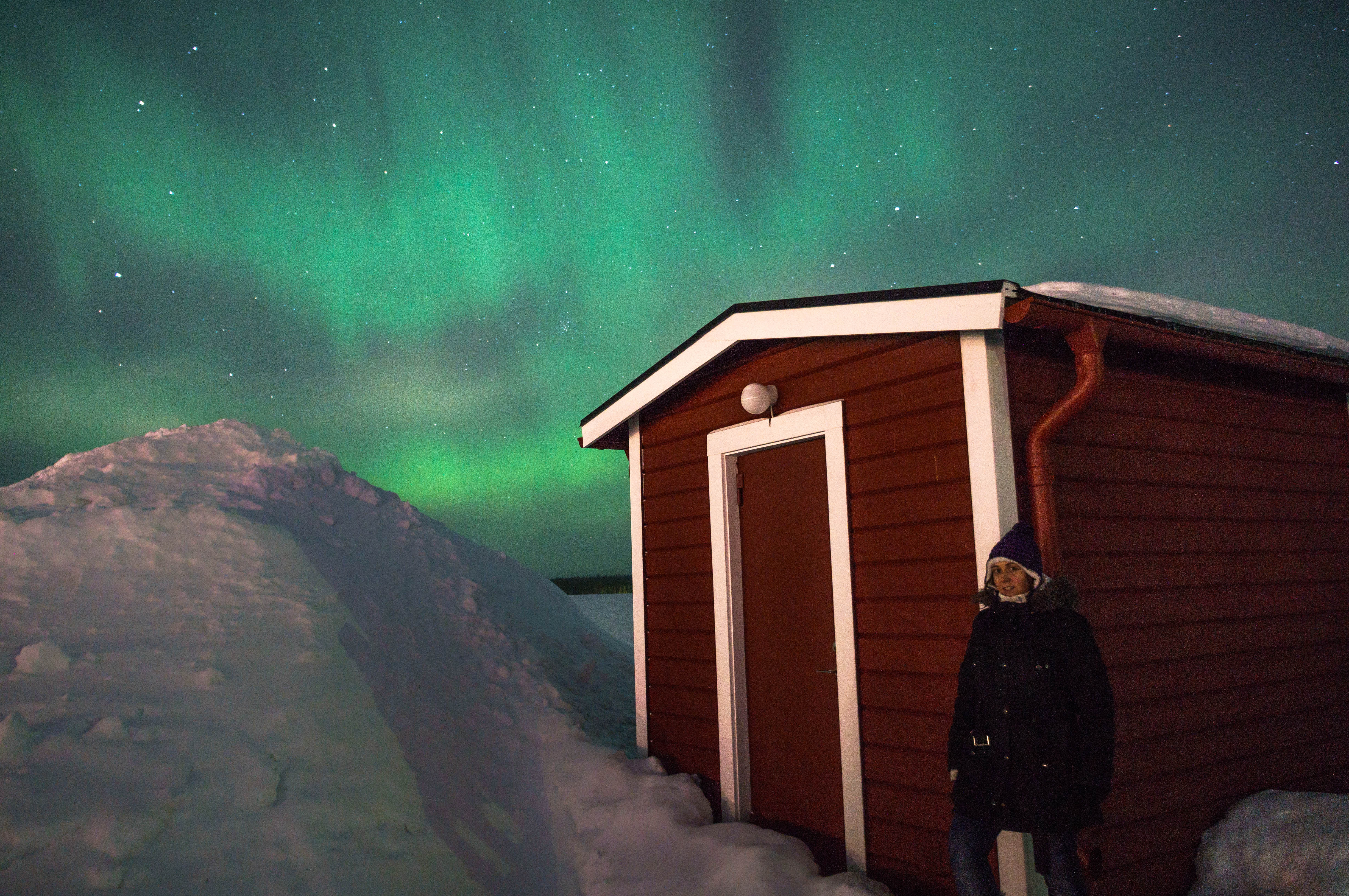
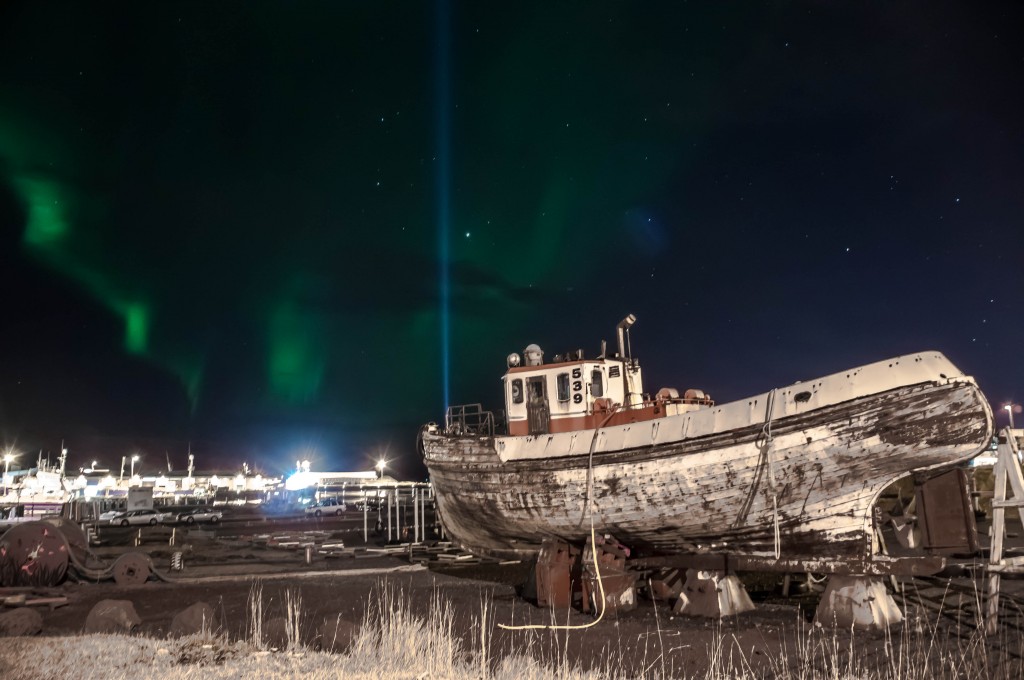
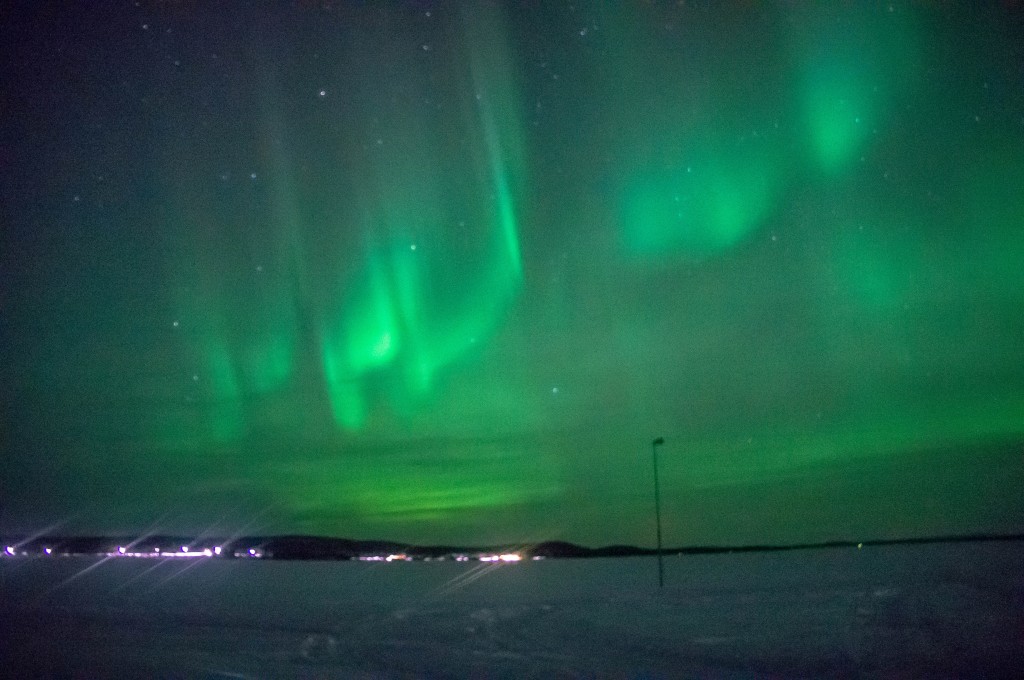

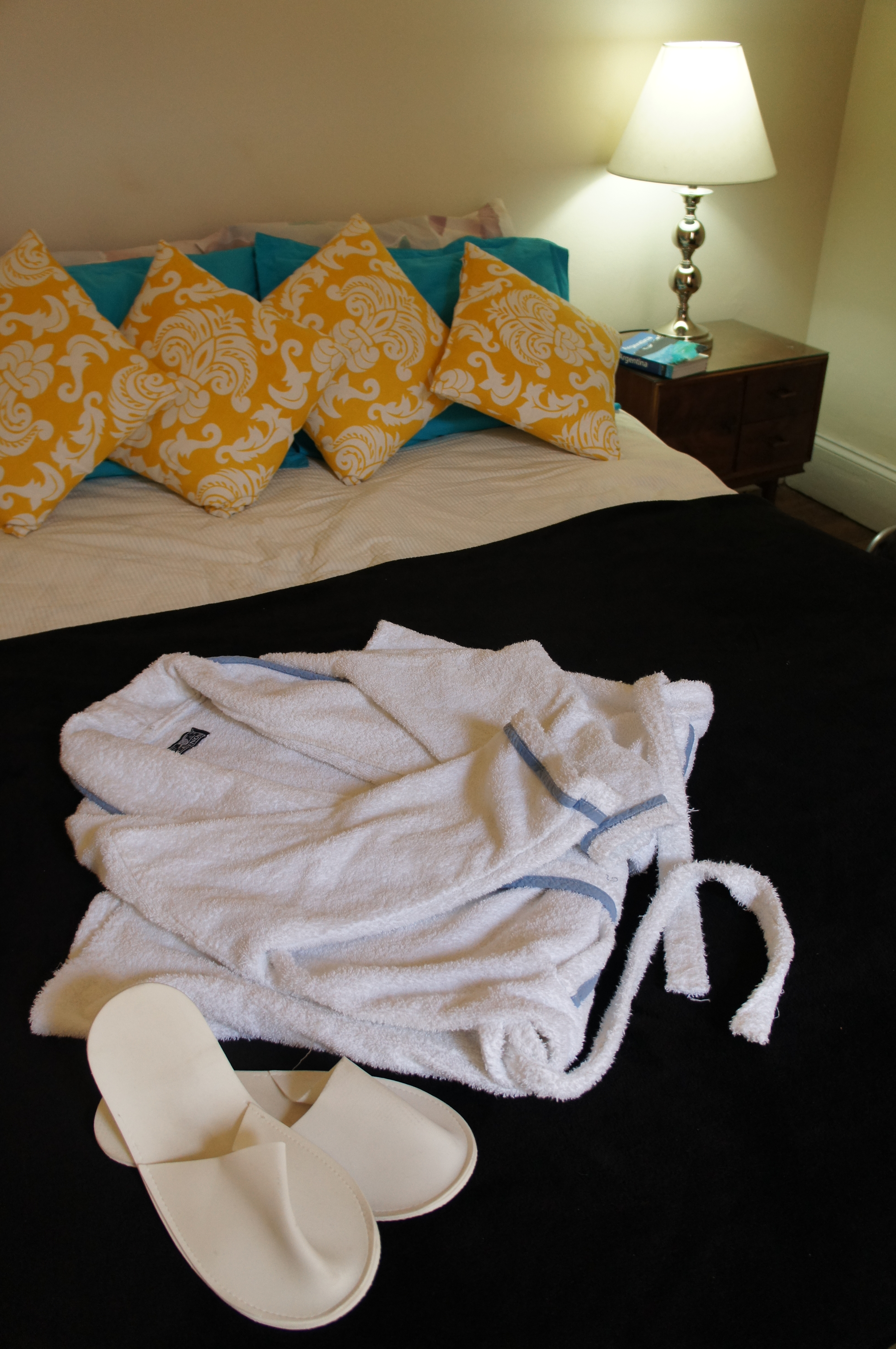
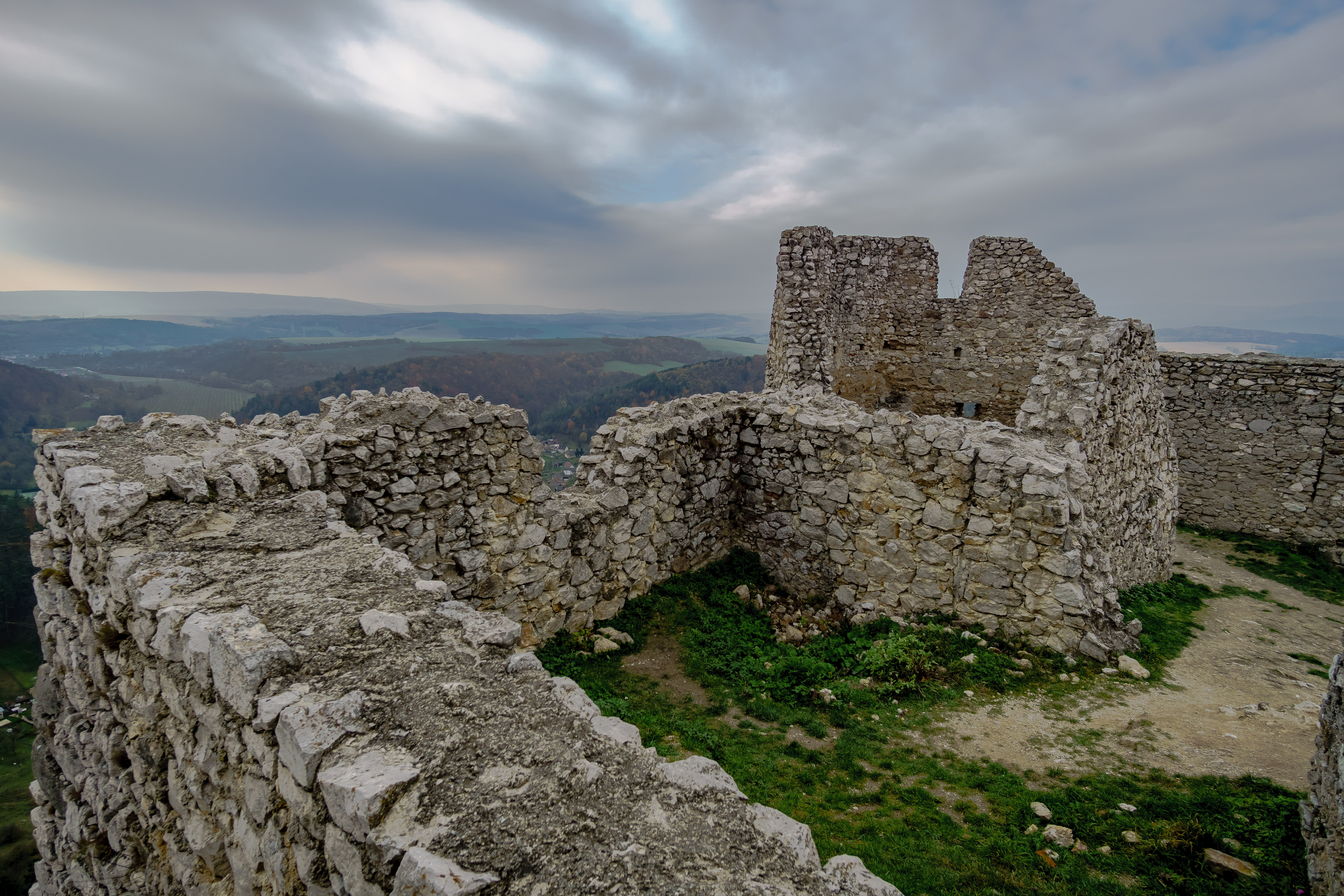
Great tips, Brit. It’s something me and Cez would like to do in the near future so your tips are always welcomed! We bet it’s a great experience!
Thank you! It really is an amazing experience, and it doesn’t matter how many times I see the Lights they will always be at the top of my Bucket List. Where do you think you will go to see them?
It kills me that I’ve lived in Latvia for a year and a half and still haven’t seen the Northern Lights! There have been a few outstanding displays, but Riga has too much light pollution and I don’t have a car so I can’t rush out to the countryside. But hopefully one of these days!
I felt like that in Stockholm. They were probably visible fairly often, but I lived right in the centre of the city and had no car. Are you staying in Riga for much longer?